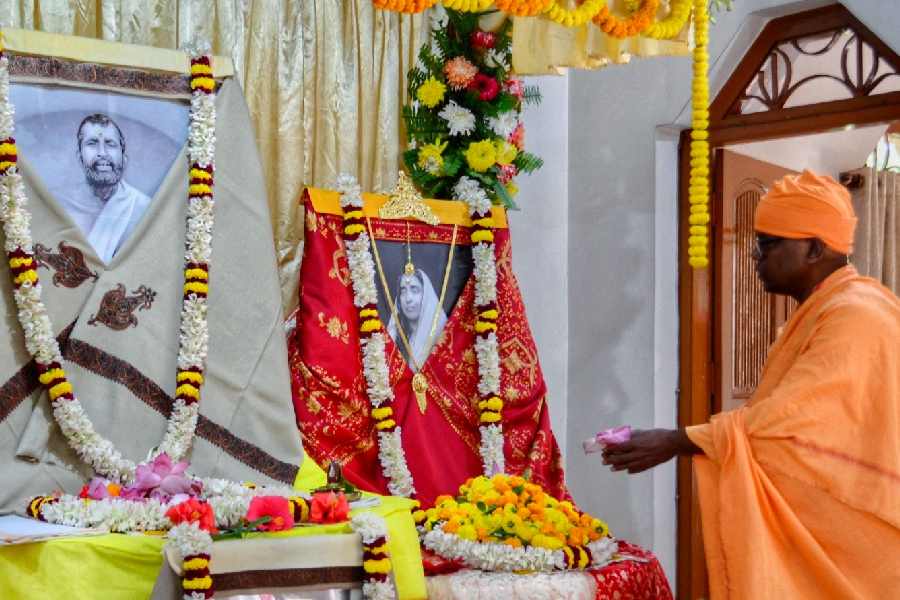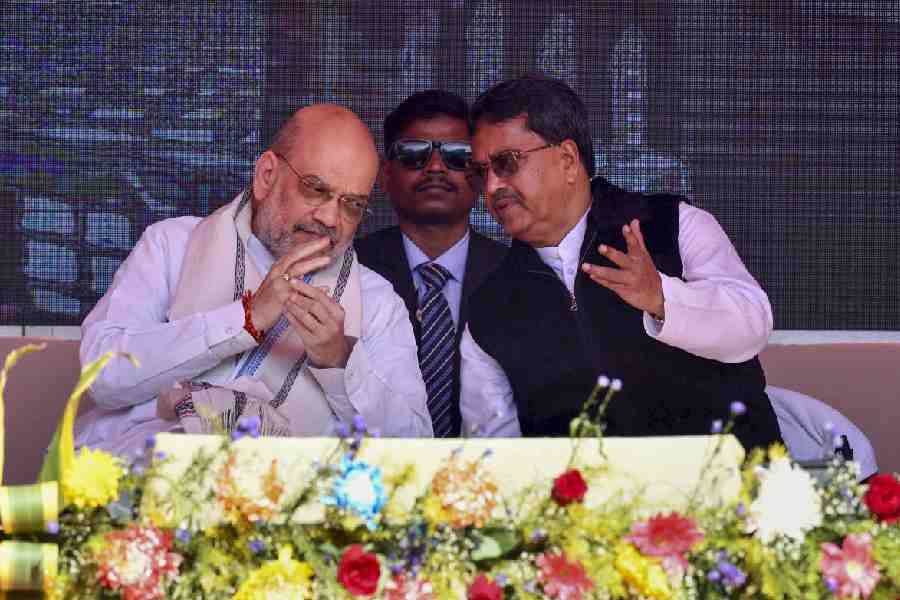 Monday, 23 December 2024
Monday, 23 December 2024
 Monday, 23 December 2024
Monday, 23 December 2024
ISRO's Small Satellite Launch Vehicle SSLV-D2 carrying EOS-07, Janus-1 and AzaadiSAT-2 satellites lifts off from the Shikar Dhavan Space Station, in Sriharikota. The satellites included ISRO's earth observation satellite EOS-07.
ISRO's first mission in 2023 and SSLV's sequel saw a strange coincidence--it was launched at 9.18 AM, the same time its predecessor lifted off from the Satish Dhawan Space Centre here on August 7, 2022 but could not deliver due to orbit anomaly and flight path deviation.
A visibly relieved Chairman of the Indian Space Research Oragnisation (ISRO), S Somanath said SSLV in its second flight put the three satellites in the intended orbit with precision. Mission Director S Vinod said the ISRO team made a "comeback" is short time soon after the August 7, 2022 failure. ISRO now has a "new launch vehicle" on offer for the launch vehicle community, he added.
Students who designed ISRO's AzadiSAT pose for photos as they arrive to watch the launch of Small Satellite Launch Vehicle SSLV-D2 carrying EOS-07, Janus-1 and AzaadiSAT-2 satellites, at Shikar Dhavan Space Station in Sriharikota.
Earlier, the 34-metre tall SSLV soared into majestically into clear skies at 9.18 AM, after a six and a half hour countdown, carrying with it the EOS-07, besides Janus-1 and AzaadiSAT-2 satellites. The rocket placed the satellites into the intended 450-km circular orbit after a 15-odd minute flight.
Students who designed the ISRO's AzadiSAT pose for photos. EOS-07 is a 156.3 kg satellite which has been designed, developed and realised by ISRO. New experiments include mm-Wave Humidity Sounder and Spectrum Monitoring Payload.
EOS-07 is a 156.3 kg satellite which has been designed, developed and realised by ISRO. New experiments include mm-Wave Humidity Sounder and Spectrum Monitoring Payload.
Students watch the launch of Small Satellite Launch Vehicle SSLV-D2. According to ISRO, SSLV is capable of launching mini, micro or nano satellites in the 10-500 kg segment into the 500 km planar orbit. It caters to the launch of satellites to Low Earth Orbits (LEO) on "launch-on-demand" basis. It provides low-cost access to Space, offers low turn-around time and flexibility in accommodating multiple satellites, and demands minimal launch infrastructure, ISRO added.







